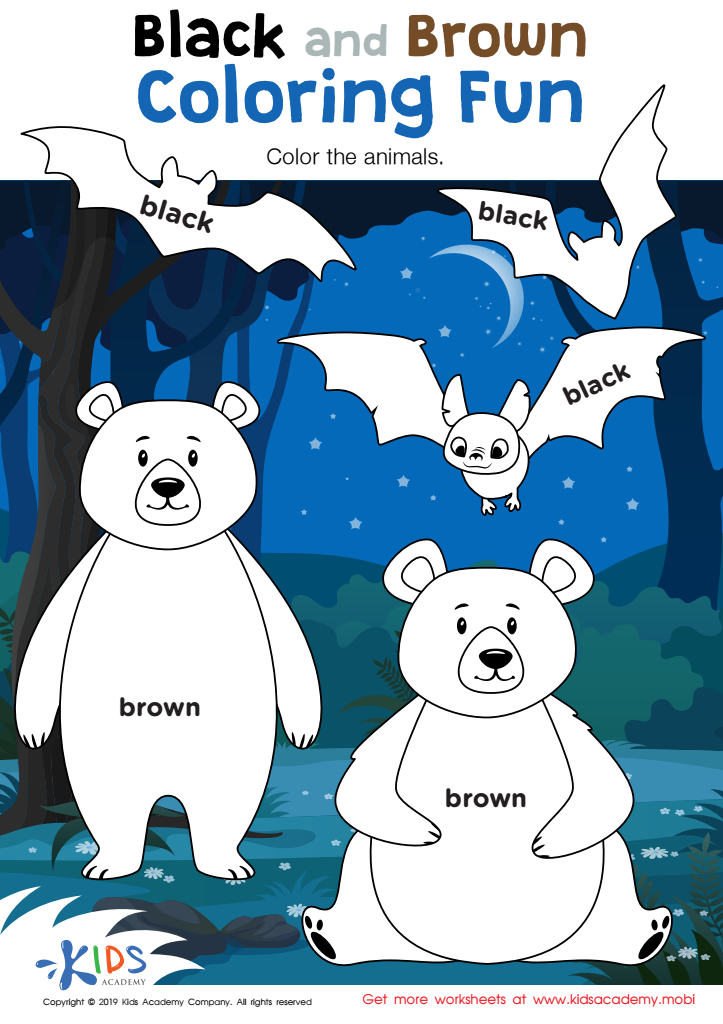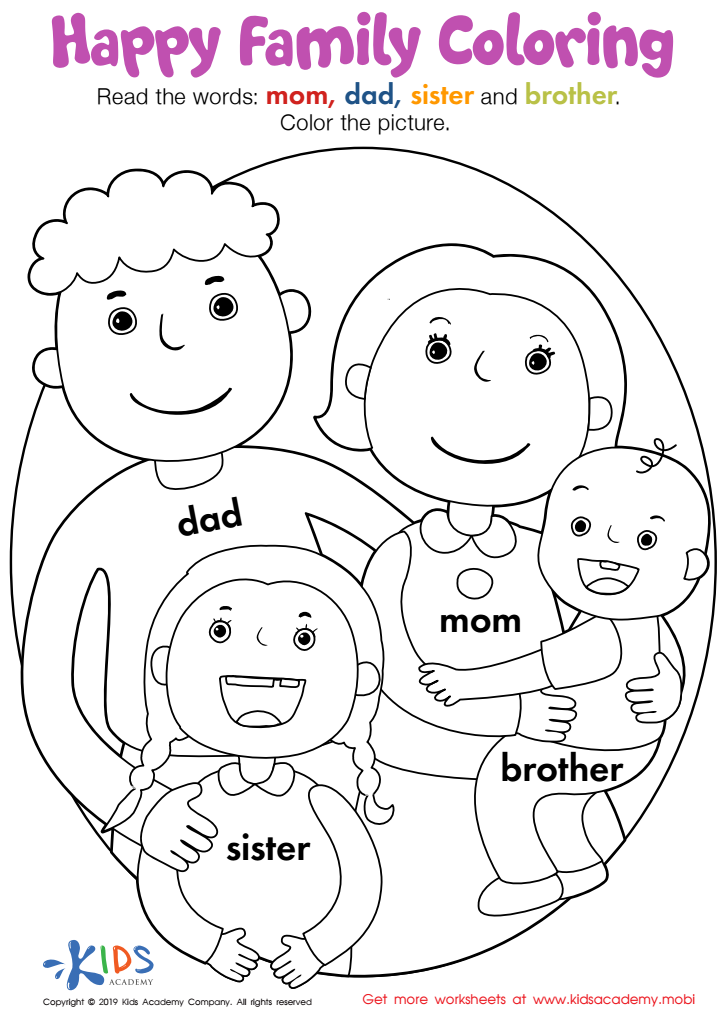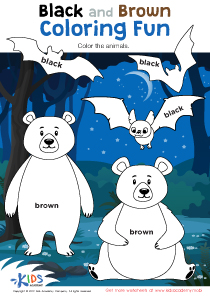Fine Motor Skills Vocabulary Coloring Pages Worksheets for Ages 3-7
7 filtered results
-
From - To
Discover our engaging Fine Motor Skills Vocabulary Coloring Pages Worksheets specifically designed for kids aged 3-7! These colorful pages not only spark creativity but also develop essential fine motor skills through delightful illustrations and vocabulary words. Each worksheet offers an enjoyable way for young learners to practice gripping crayons, controlling movements, and enhancing hand-eye coordination while learning vocabulary. Perfect for homeschoolers, daycare centers, or individual learning, these resources make mastering language skills fun! Encourage early literacy and fine motor development in an entertaining and educational format. Explore the joy of learning today—download our worksheets and watch your child's skills flourish!


Red and Blue Coloring Fun Worksheet


Yellow and Green Coloring Fun Worksheet


Black and Brown Coloring Fun Worksheet


Purple and Orange Coloring Fun Worksheet


Long and Short U Worksheet


Happy Family Coloring Worksheet


White and Pink Coloring Fun Worksheet
Parents and teachers should care about Fine Motor Skills Vocabulary Coloring Pages for Ages 3-7 because they play a crucial role in early childhood development. Fine motor skills refer to the ability to use small muscles in the hands and fingers, essential for tasks like writing, cutting, and buttoning clothes. By engaging children in activities that involve coloring, they enhance hand-eye coordination, dexterity, and grip strength.
Vocabulary-building coloring pages introduce children to new words in a fun and interactive way. As they color and visualize objects, they reinforce their understanding of vocabulary through context. This dual focus on fine motor skills and vocabulary development solidifies foundational learning that supports overall literacy.
Furthermore, these pages offer a creative outlet for self-expression, allowing young learners to explore colors and designs while boosting their confidence and enthusiasm for learning. Engaging with fine motor skills through art can also serve as a calming activity, helping to foster focus and patience in young children.
Ultimately, fine motor skills and vocabulary are intertwined components of early education, and by incorporating coloring pages into their learning activities, parents and teachers can significantly contribute to a child’s growth and readiness for future learning.

 Assign to My Students
Assign to My Students















